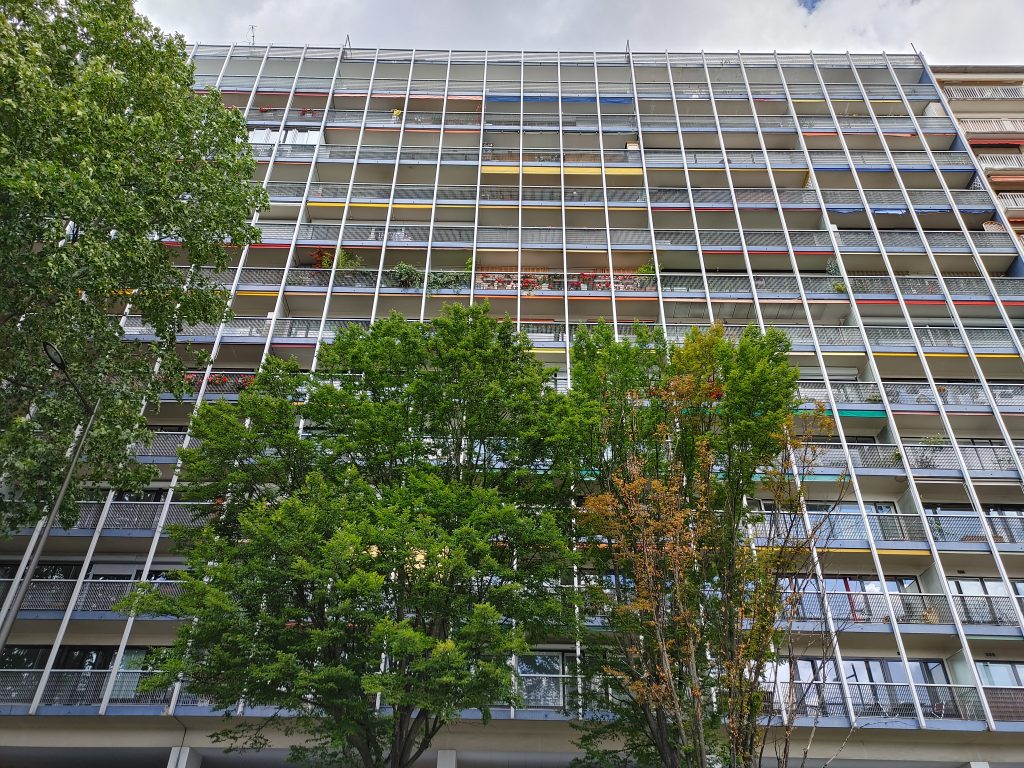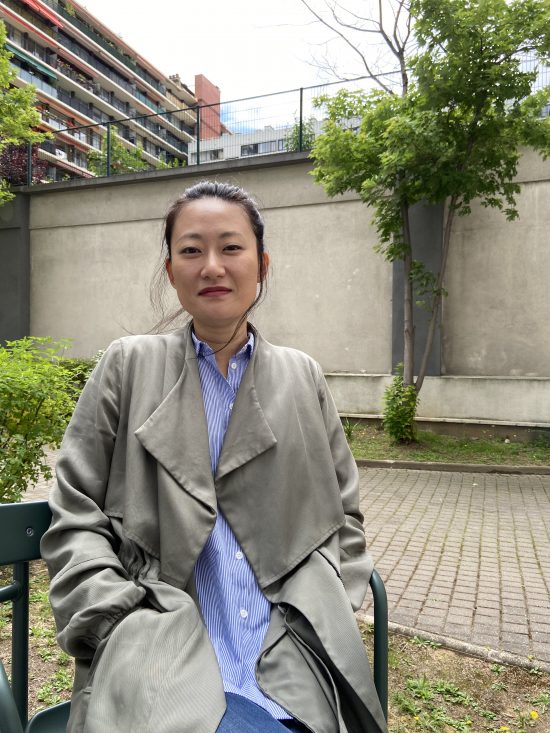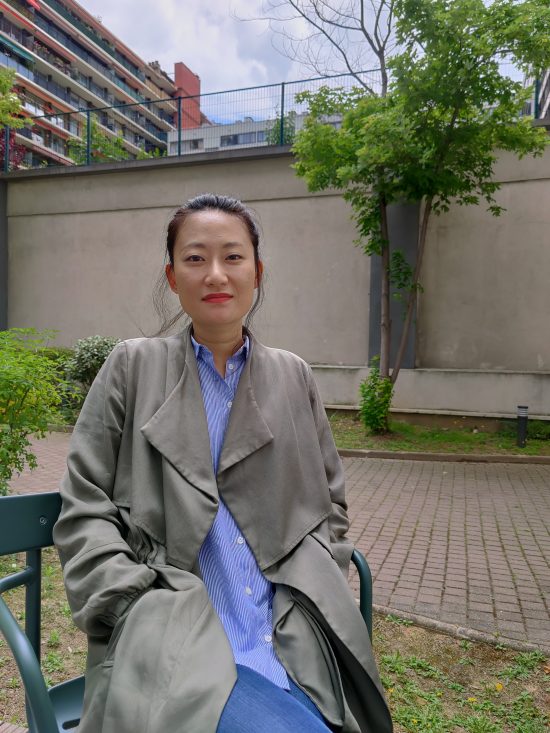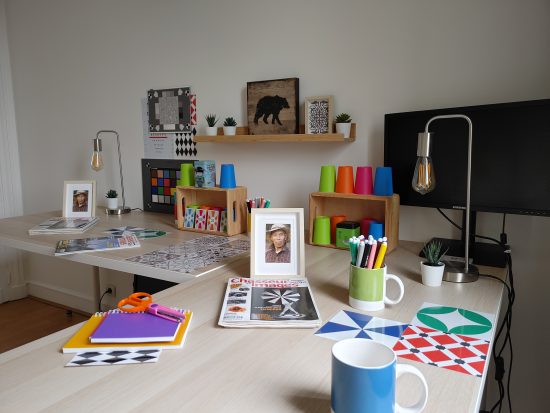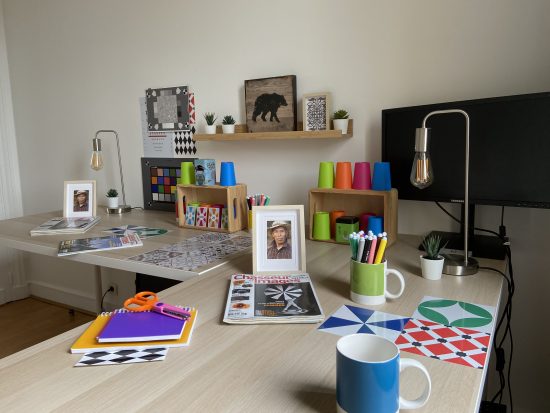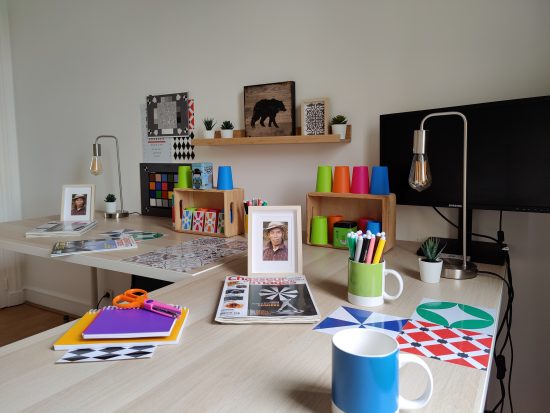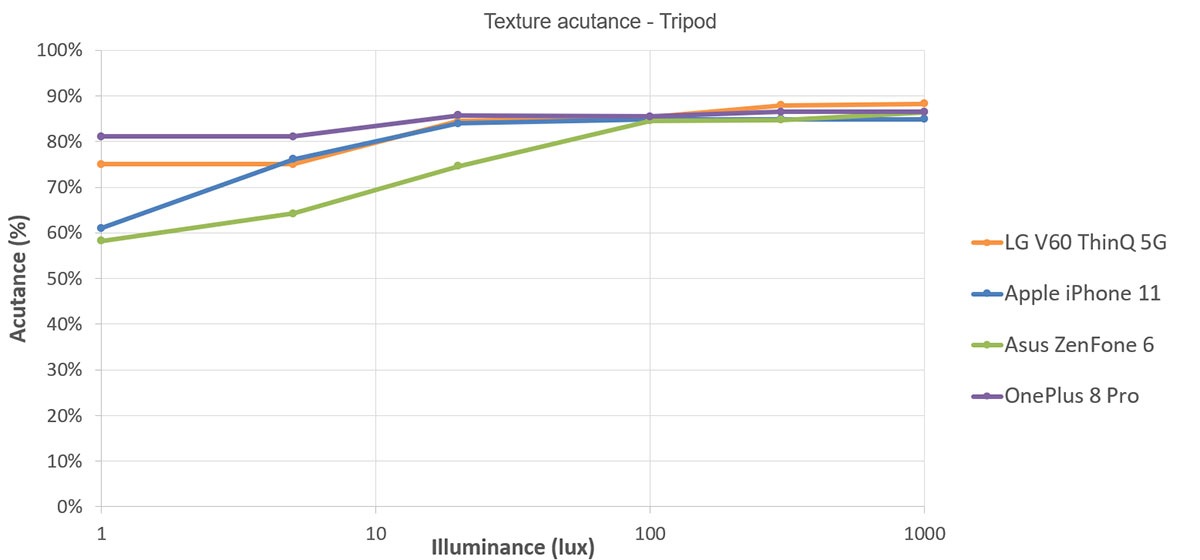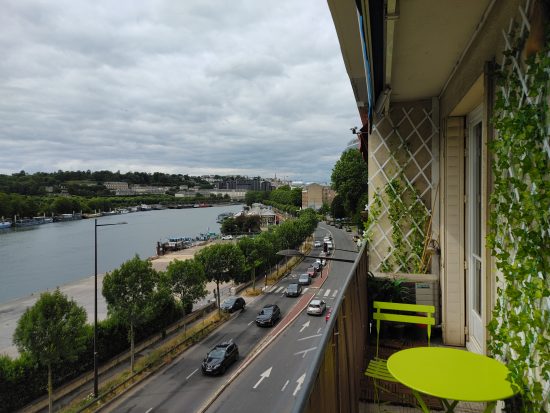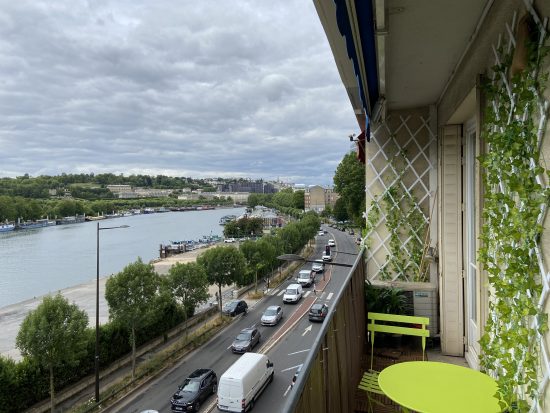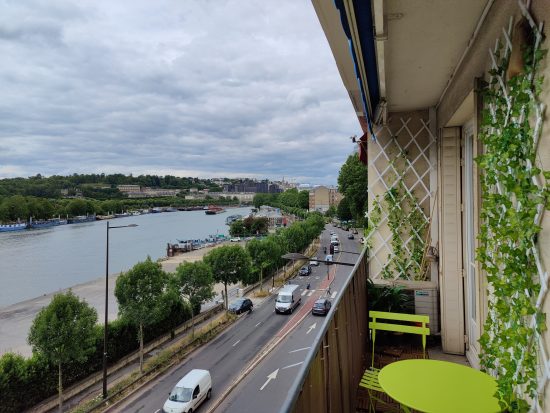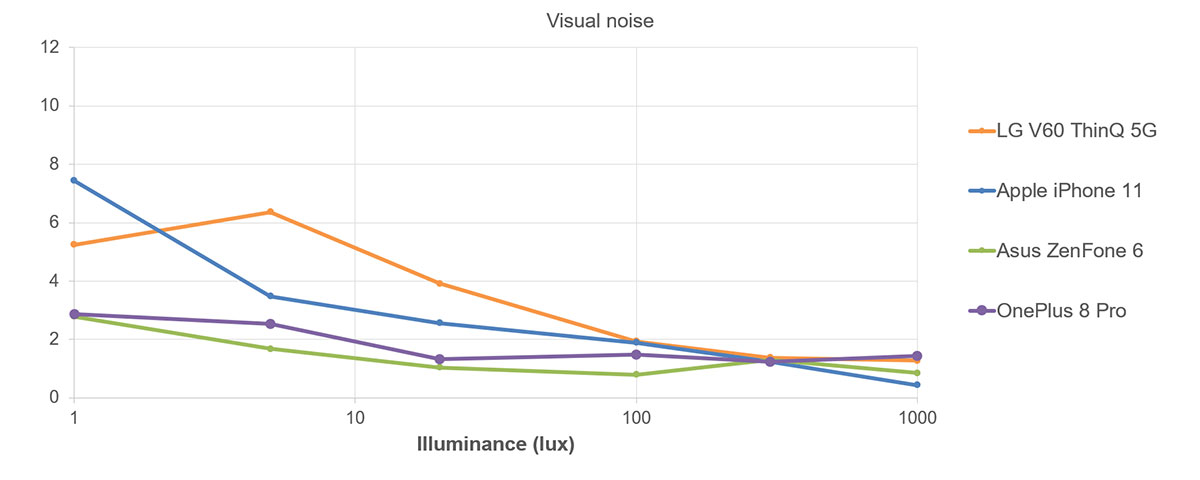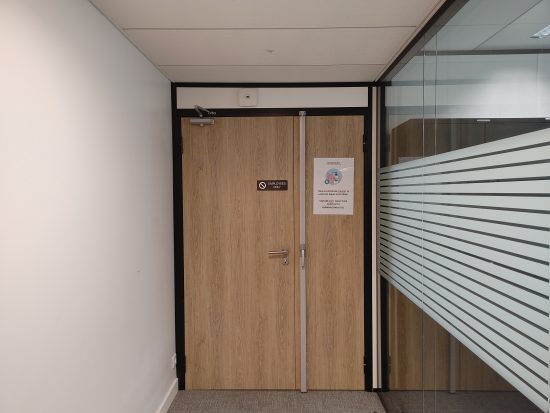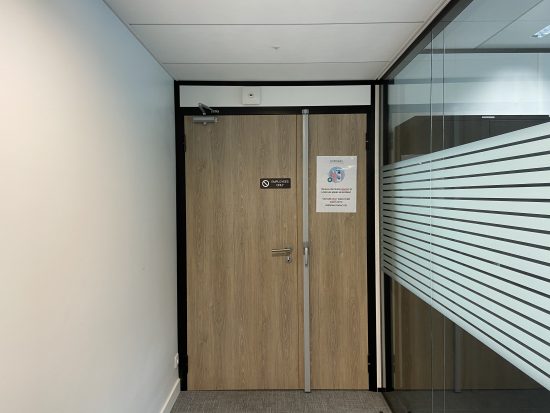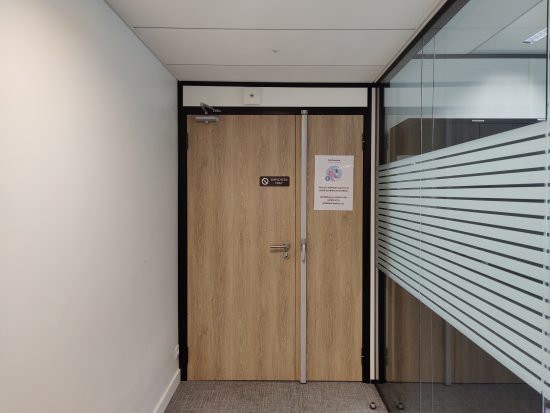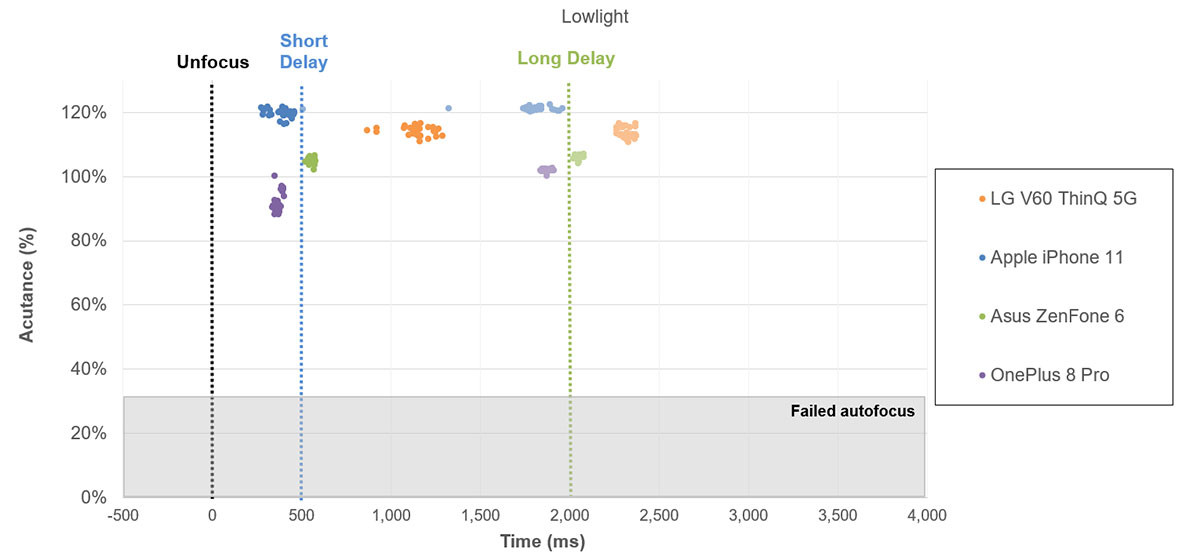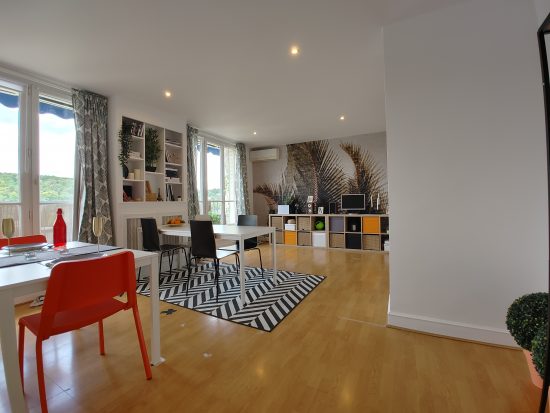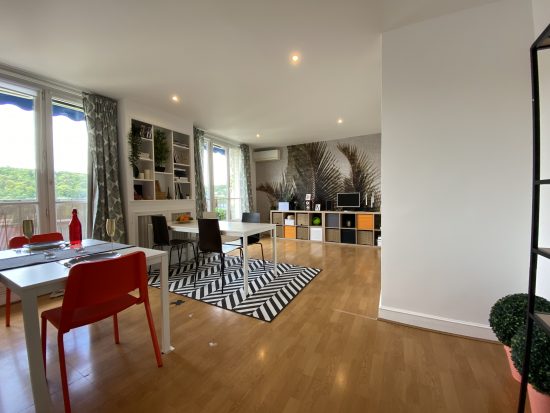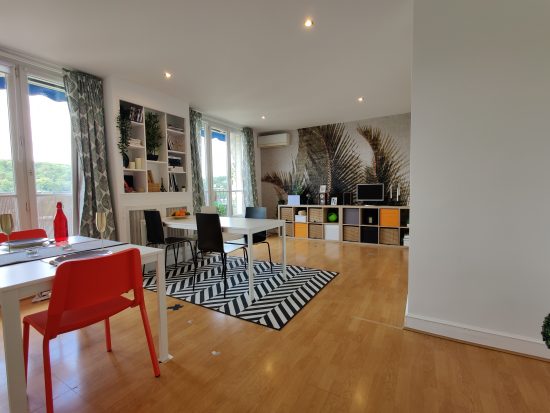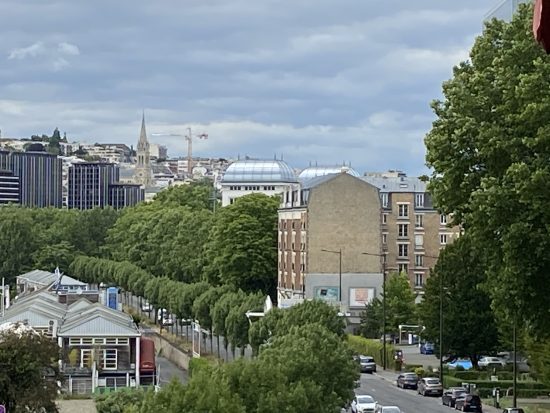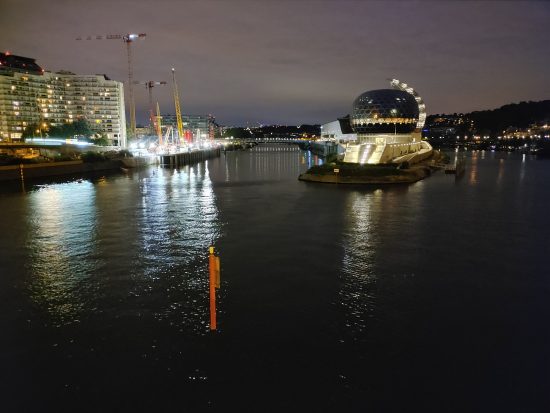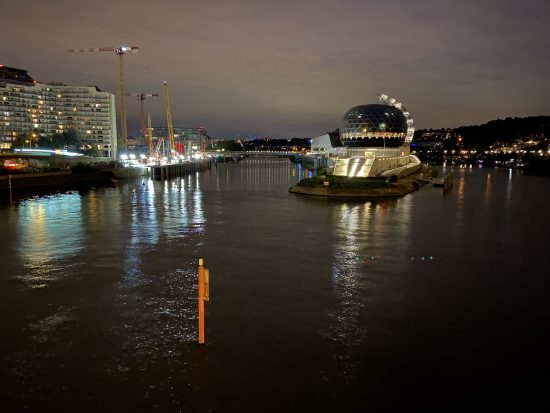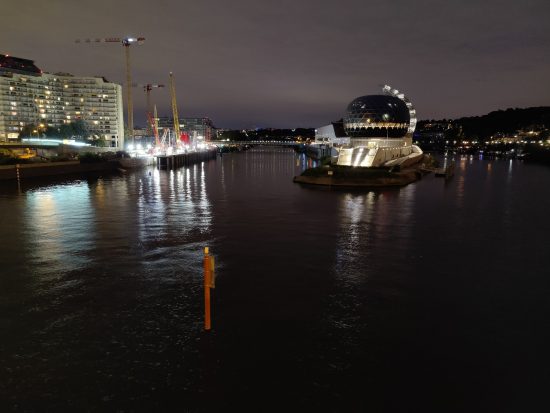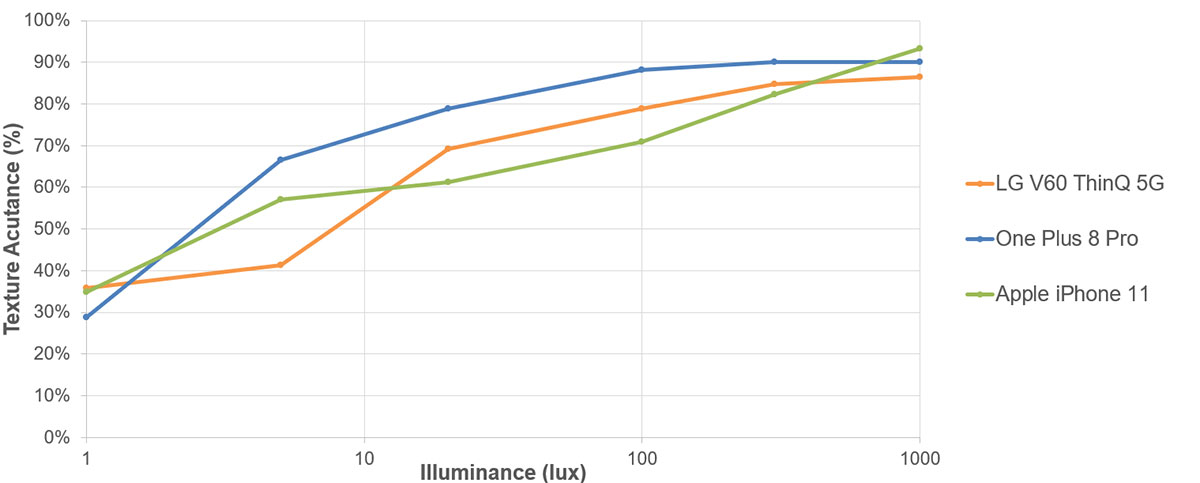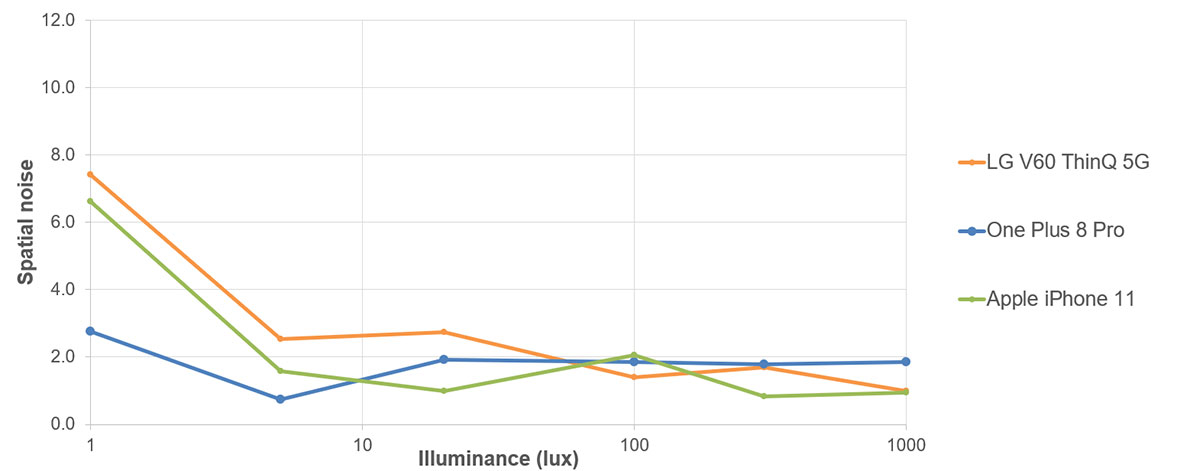The LG V60 ThinQ 5G is packed with power and features. Built around Qualcomm’s top-end chipset Snapdragon 865, it comes with 8GB of RAM, a 6.8-inch FHD+ P-OLED display, and an overall feature set that pitches it firmly against flagship devices from the competition. It’s also compatible with LG’s Dual Screen accessory that turns the phone into a mini-tablet and allows for easier multi-tasking.
The camera lacks a dedicated tele-camera, but other than that, the camera specs read pretty nicely. The primary shooter is equipped with optical image stabilization and uses a 64MP Quad Bayer sensor that produces 16MP image output. The 13MP ultra-wide camera offers a 12mm field of view and a fast f/1.9 aperture. A time-of-flight (ToF) depth sensor is on board as well, helping with autofocus duties and depth estimation in bokeh mode.
In video mode, the V60 ThinQ 5G is capable of recording 8K footage at 30 frames per second, but its 4K mode offers the best compromise in terms of image quality.
The LG achieved a mid-table position in our DXOMARK Audio tests. Read on to find out if it can improve on this result in the Camera category.
Key camera specifications:
- Primary: 64MP 1/1.72-inch sensor with 26mm f/1.8-aperture lens, PDAF, OIS
- Ultra-wide: 13MP 1/3.4-inch sensor with 12mm f/1.9-aperture lens
- Depth: 0.3MP ToF 3D sensor, f/1.4 aperture lens
- Dual-LED dual-tone flash
- Video: 4320p/30fps (2160p/30fps tested)
About DXOMARK Camera tests: For scoring and analysis in our smartphone camera reviews, DXOMARK engineers capture and evaluate over 1600 test images and more than 2 hours of video both in controlled lab environments and in natural indoor and outdoor scenes, using the camera’s default settings. This article is designed to highlight the most important results of our testing. For more information about the DXOMARK Camera test protocol, click here. More details on how we score smartphone cameras are available here.
Test summary


Achieving an overall DXOMARK Camera score of 100, the LG V60 ThinQ 5G doesn’t quite compete with the current flagships from brands like Huawei, Samsung, and Apple, but instead performs on a level similar to slightly older models like the Samsung Galaxy S9+, or mid-rangers like the new version of the iPhone SE or the Google Pixel 3a.
The LG’s texture/noise trade-off is below the level of some other flagship devices, and the lack of a dedicated tele-lens means the LG is at a disadvantage when zooming. On the upside, images show good dynamic range, which makes the V60 ThinQ 5G suitable for shooting in high-contrast conditions, and the ultra-wide camera offers a wider field of view than many rivals.
The LG’s auto exposure system generally does a good job. Target exposure, including on faces, tends to be good, and in challenging high-contrast scenes, the camera is capable of maintaining detail in both highlight and shadow areas of the frame. This is true for shooting in bright outdoor light and indoor lighting alike. A lack of contrast can sometimes be visible in darker portions of the image, though.
The V60 ThinQ produces colors that are nice to look at most of the time. Color rendering is pleasant and the auto white balance system works accurately. Our testers observed some slight white balance instabilities and casts only under indoor lighting. Color is well tuned overall on the LG camera.
As you can see in the graph below, the LG V60 ThinQ camera is capable of capturing good detail and fine textures across all light conditions. It’s not quite among the very best but compares well against the iPhone 11, the OnePlus 8 Pro, and the Asus ZenFone 6 that we picked as references for this review.
The measurements coincide with the real-life samples below. The LG does a good job at resolving fine detail in the distant brickwork and foliage, but there’s also a little bit of oversharpening. The differences among the reference devices are small, but the Apple looks slightly softer while the OnePlus detail rendering is very similar to the LG’s.
Things start to look more negative when looking at noise, however. Luminance noise is visible on V60 images in all light conditions, including in bright light, where fine noise is visible in high-contrast scenes and often in the sky portion of the frame. In the comparison graph below you can see that the LG’s measured noise levels are higher than the competition’s at pretty much all light levels.
The measurements translate directly into real-life images. Fairly strong luminance noise is evident in the shot below, but thankfully chroma noise is well under control. Noise levels on the iPhone 11 are very similar for this scene, but the OnePlus is capable of producing a visibly cleaner image. Overall, the LG records acceptable levels of detail, but noise is noticeably higher than on most flagship rivals, which means that the V60 lags behind the best in class in terms of texture/noise trade-off.
The LG’s autofocus performance can be summed up as “accurate but slow.” In our lab tests, the AF consistently achieves high acutance values and therefore sharp images, but there is a noticeably delay of 200 to 300 milliseconds between trigger and capture, even in bright light. Most direct rivals are quicker, and thanks to buffering technology, some even record images pretty much instantly. This said, in absolute terms the delay on the V60 is still fairly minor and isn’t much of an issue in real-life use.
In terms of artifacts, the LG’s main problem is a loss of sharpness toward the corners of the frame. As you can see in the image and crop below, the effect is quite noticeable. This is not the only artifact our testers found, though. The V60 ThinQ 5G is also prone to ringing along high-contrast edges and to flare. Other artifacts include color fringing and distortion.
On paper, the LG V60 ThinQ comes with a 12mm ultra-wide camera. However, we measured a field of view equivalent to a 14.5mm lens on 35mm format. This discrepancy is not unusual, though, and is probably due to distortion correction. Still, the LG offers one of the wider fields of view in the business, making it a great tool for shooting in confined spaces or for creating that typical ultra-wide look. The Apple and OnePlus devices used for comparison offer similar wideness to the LG, but many rivals’ ultra-wides are more narrow at 16 or even 18mm 35mm-equivalent focal length.
While the [glossary_exclude]wideness[/glossary_exclude] is definitely a plus point, overall image quality of the ultra-wide leaves some room for improvement. Exposure and dynamic range are generally acceptable, but backlit scenes often show some clipping, and the level of captured detail is pretty low. Saturation can also be a little low occasionally and there is again visible noise in the sky. The white balance tends to be accurate outdoors, but color casts can become visible when shooting under indoor lighting.
As you can see in the samples below, straight lines are noticeably distorted. Distortion is similar on the iPhone 11, but the OnePlus camera corrects better for the effect.
The LG V60 ThinQ 5G doesn’t feature a dedicated tele-camera, so predictably the quality of zoom shots isn’t among the best we have seen. This said, for a camera that has to make do without a tele-module, the LG does remarkably well when zooming. Results at close range (2x magnification) are pretty much on the same level as devices featuring a 2x optical tele, and the difference becomes more noticeable only at longer zoom distances where LG’s software solution comes to its limits.
In the comparison below you can see that the V60 captures noticeably better detail at medium zoom range (4x) than the iPhone 11, but cannot keep up with the OnePlus 8 Pro and its 3x optical tele-camera.
In portrait mode the V60 is capable of recording bokeh simulation images with a realistic blur gradient, but there’s room for improvement. Dynamic range is limited, which can result in clipped areas in bright backgrounds, and subject isolation isn’t always reliable. In the sample below you can see that bokeh mode blurred part of the fence that is on the same plane as the subject and should therefore be rendered sharp.
The level of detail in the faces of portrait subjects also tends to be fairly low and in low light, noise is visible on subjects. There is also a visible difference in noise levels between subject and blurred areas of the image, which makes for an unnatural effect.
For taking pictures at night or in very low light, the LG V60 shouldn’t necessarily be your first option. While in flash-on mode portrait shots show accurate white balance and good exposure, the level of captured detail is low and images are fairly noisy.
The comparison shots below were captured in flash-auto mode. As you can see, the LG camera overexposes the subject, which results in pretty strong highlight clipping on the face. At the same time, the background is severely underexposed, with almost no detail visible at all. Both the iPhone 11 and the Asus ZenFone 6 manage better-exposed subjects but still capture very dark backgrounds. The best devices in this category are capable of achieving good subject exposure and show a lot more detail in the background.
Pictures captured with the flash switched off are usually more usable. The cityscape below shows good exposure and acceptable white balance, but again, the level of detail is low and we can see a fair bit of noise in the darker parts of the frame.
Achieving a Video of score of 93, overall video quality on the LG V60 ThinQ 5G is firmly middle of the pack. Tested at 4K/30fps settings, target exposure is mostly accurate in bright outdoor conditions and under typical indoor lighting, but drops off pretty quickly in low light, resulting in underexposed footage. Dynamic range is also limited, which means recording in high-contrast conditions is best avoided as it will almost certainly result in clipped highlights and/or shadows. Our testers also noticed fairly low contrast in some clips.
The LG’s video mode produces overall pretty pleasant colors with accurate white balance in bright light and under indoor illumination. The level of detail is generally low, though, and we also observed some local loss of texture in moving images. Noise is better controlled than for still images but is still sometimes visible in video.
In the lab measurements below you can see that the V60 ThinQ produces lower levels of detail than the OnePlus 8 Pro in almost all conditions, but beats the iPhone 11 from around 20 lux to 600 lux. In terms of noise, it measures higher than the reference devices from around 80 lux and lower.
Autofocus performance is a plus point within our video evaluation, thanks to fast focus convergence as well as good tracking with smooth transitions. Overall performance drops a little in low light, though. The stabilization system shows highs and lows: it does well at counteracting camera shake when shooting handheld but is not very efficient in combatting walking motion or when panning, with noticeable camera motion and frame shifts as a result.
Conclusion
Given the LG V60 ThinQ 5G’s flagship ambitions, our camera test results are slightly underwhelming. The LG is capable of recording pleasant images in most situations, but its zoom performance is held back by the lack of a dedicated tele-lens, and top-tier rivals offer a better-tuned texture/noise balance. The LG’s video performance is very similar to that for stills, in that it delivers very acceptable results without rivaling the best in class.
It’s fair to say that the V60 ThinQ does not display any major shortcomings but lags slightly behind other flagships overall. Anyone who is planning to use the LG V60 ThinQ 5G with its Dual Screen accessory will probably be happy to accept this. However, if camera performance and image and video quality are high up on your list of criteria, better options are available.
Photo
Pros
- Wide dynamic range in bright light and under indoor conditions
- Pleasant color in bright light and accurate white balance
- Good detail in bright light
- Ultra-wide camera offers very wide field of view
- Good exposure in flash-on mode
Cons
- Noise in all lighting conditions
- Lack of detail in long-range zoom shots
- Incorrect exposures in flash-auto mode
- Noise and lack of detail in ultra-wide shots
- Loss of texture in faces when using bokeh mode
Video
Pros
- Mostly accurate exposure
- Swift autofocus adaptation
- Mostly accurate white balance in bright light and indoors
- Effective stabilization of camera shake
Cons
- Ineffective stabilization when panning or walking while recording
- Limited dynamic range, low contrast at times
- Low level of detail and occasional local loss of texture
- Hue shift
The post LG V60 ThinQ 5G Camera review appeared first on DXOMARK.
